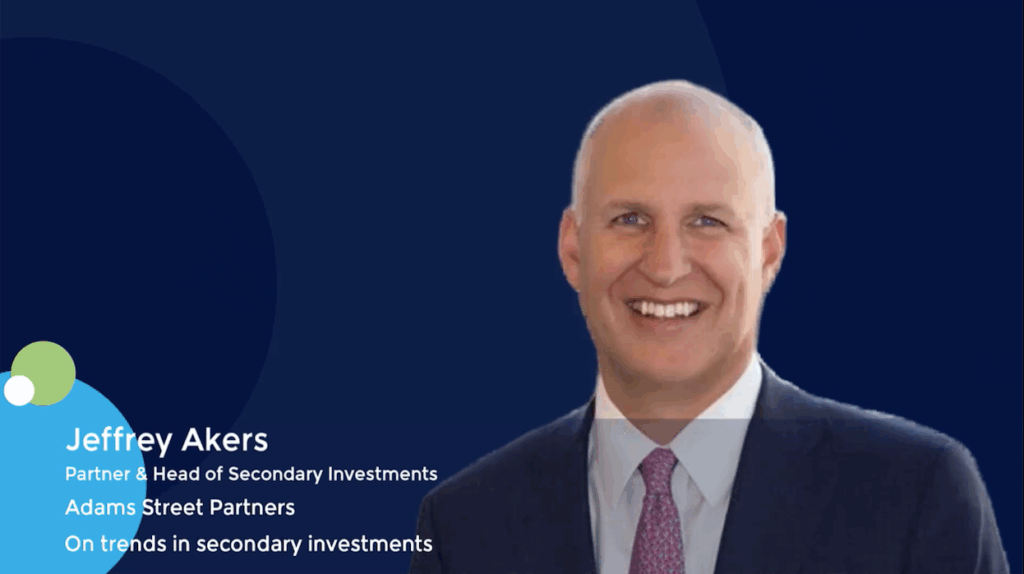Navis closes education-themed GP-led secondary, eyes healthcare follow-up
Navis Capital Partners has closed its second GP-led secondary transaction in four years, and the Southeast Asia-based sponsor is already looking forward to a third.
The education assets in Navis Next Generation Fund (NNGF), a USD 230m vehicle anchored by TPG NewQuest, were originally primed for a secondary alongside several healthcare investments. In the end, Navis opted to pursue separate transactions, and a healthcare deal could follow shortly.
“The sooner the better,” said Nick Bloy, a co-founder and managing partner at the firm, when asked about the likely launch timing. He added that the healthcare process, and perhaps a couple more additional exits, would happen before Navis formally launches its ninth flagship private equity fund. The sponsor has previously indicated it would target USD 1bn-USD 3bn for that vintage.
NNGF is not a traditional continuation vehicle (CV). Rather, it was designed to execute a strip sale, with Navis selling a 50% interest in three education assets held in Fund VIII, which closed on USD 900m in mid-2021. The transaction has generated a 3x return for Fund VIII.
“We expect, at today’s value, to generate another 3x. Why would I deprive Navis VIII investors of that further 3x on their 3x, at least on a 50% interest?” Bloy said of the rationale behind the strip sale.
“We are trying to balance several needs. One is liquidity, which we like, especially at a decent money multiple. Having got the liquidity, I can see another 3x on top of what we’ve got, so I want some exposure to the upside.”
Growth agenda
In this sense, NNGF differs to the firm’s first foray into GP-led secondaries alongside the closing of Fund VIII. TPG NewQuest was once again the lead investor in a USD 450m CV comprising five environment-related companies in Fund VI, which closed on USD 1.2bn in 2010.
The primary motivation behind the 2021 transaction was providing liquidity – at a meaningful discount to net asset value (NAV) – to investors from a portfolio that was running out of time, according to Bloy. NNGF, for which the discount is said to be low single digits, is about gathering additional dry powder to prolong the growth story for another five years.
The three portfolio companies in NNGF are Institute of Global Citizenship in Vietnam, CIA First International School in Cambodia, and Ambassador Education Group in Thailand. They were acquired between 2019 and 2022 but have now been consolidated into an affordable K-12 education platform called Indochina Academy.
Current capacity is 34,000 students across 31 school campuses. The goal is to reach 75,000 over five years, through a combination of brownfield and greenfield expansion. There is approximately USD 130m in dry powder to support these efforts, with Fund VIII and NNGF making equal contributions.
“Brownfield expansion is easiest – adding a wing, adding a block. If you have a great brand and in a catchment that is underserved, you can build greenfield schools. We’re opening two new campuses in June, one in Cambodia and one in Thailand,” said Bloy. “Then it’s a question of how much additional M&A we can get done involving schools that meet our profile.”
Ultimately, Navis wants to exit the business as a multi-brand corporate group with around USD 100m in EBITDA. This is considered large enough to attract large industry incumbents such as Cognita and GEMS as well as financial sponsors. The latter may include infrastructure investors, Bloy added, citing an increasing tendency to classify K-12 education as social infrastructure.
Hospitals pipeline
The healthcare assets are held across two funds. Navis acquired the largest of the bunch, Hanoi French Hospital, via Fund VII (2013 vintage, closed on USD 1.5bn) in 2016. Other hospital investments, such as Aurelius Healthcare in Malaysia, S-Spine and Nerve Hospital in Thailand, and Orchid Koh Pich Hospital and Orienda International Hospital in Cambodia, are from Fund VIII.
Other hospital businesses are under due diligence while Navis has considered using a new pool of capital to bid for Hanoi French when Fund VII launches an – independently run – sale process. Fund VIII dry powder alone would be insufficient for these, hence the return to the secondary market.
“The sooner I have more dry powder, the more comfortable I will feel,” Bloy added. “But for these growth transactions, a thematically focused vehicle is better, because we are talking about different buyer universes for the two platforms.”











